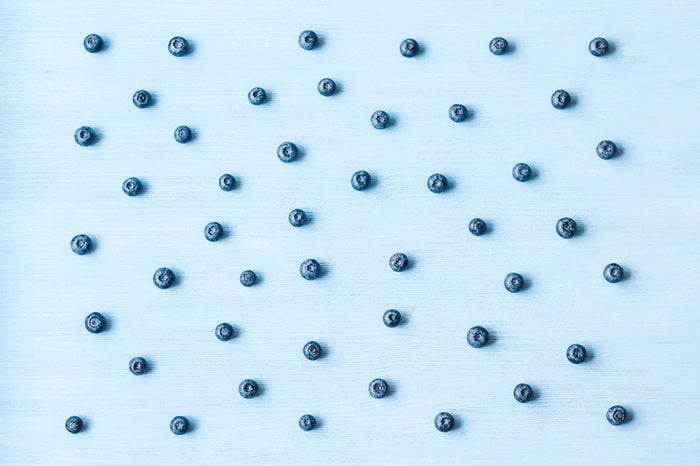
Berries: Rinse with vinegar
Before you stash them in the fridge, wash strawberries, raspberries, and other berries with a mix of vinegar and water (think a 1:3 ratio). This disinfects against mold, which can lengthen shelf life by weeks. Then rinse with water and dry thoroughly.
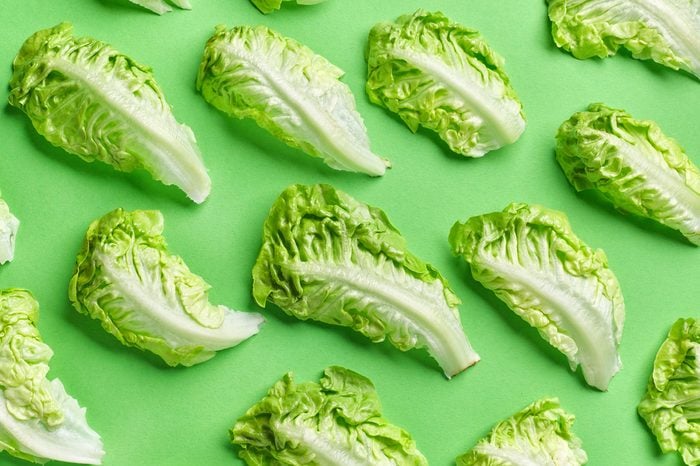
Lettuce: Store with paper towel
Prepared a bit too much lettuce for your salad? Store leftover leaves in a bowl with a paper towel on top, then seal with plastic wrap. The towel absorbs moisture, which is what turns leaves soggy and brown. Replace the towel when it becomes damp. Another trick: Sprinkle the leaves with a dash of salt, which also helps draw out extra wetness.
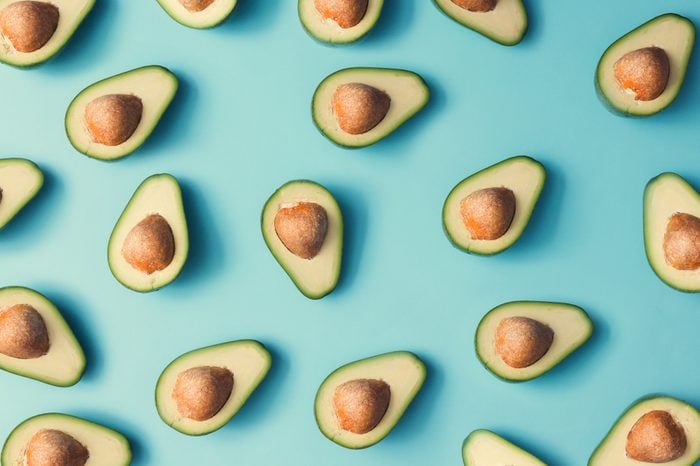
Avocado: Squirt with lemon
Avocado contains enzymes that produce a brown pigment when exposed to oxygen, which is why that halved avocado looks unappetizing so soon after its stored. To avoid this, squirt it with lemon or lime juice. (You can also do this on guacamole.) The citric acid will help prevent browning for at least a day. You could also store avocado slices with large chunks of onion. The same gasses that make your eyes burn when you chop an onion also prevent oxidation in your avocado. As long as the onion touches only the skin of the avocado, there won’t be a noticeable flavor. These are the fresh foods you should never store together.
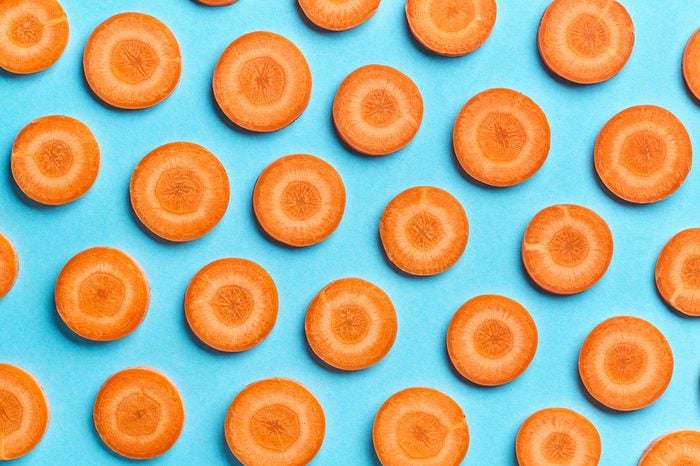
Carrots: Store with water
To avoid that dried-out look old carrots tend to get, first chop off the leafy greens if you bought your carrots whole (the leaves can pull nutrients out of the roots). Carrots do best with moisture, so put them in a container filled with water, seal with plastic wrap, and store in the refrigerator. Or, wrap them in bubble wrap before stashing in the fridge: It will allow just enough moisture to reach the carrots if you prefer not to soak them in water.
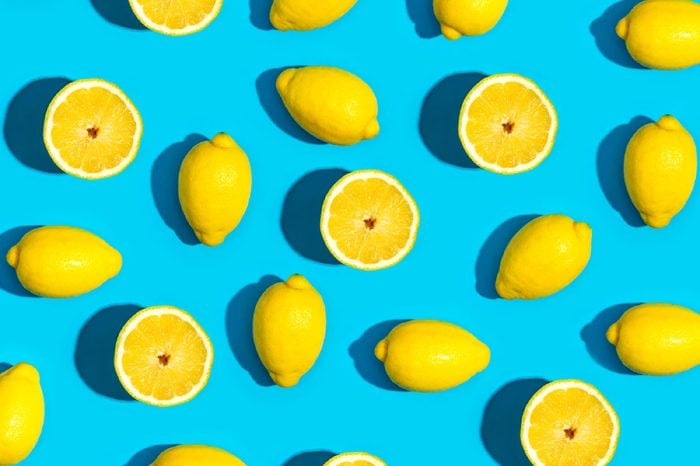
Lemons: Avoid cutting in half
If you need just a squeeze of citrus juice for your recipe or drink, puncture a whole lemon with a fork or skewer instead of cutting it in half. This way, you can squeeze out what you need without drying out the entire lemon. Don’t forget the 10 foods you should never keep in the freezer.
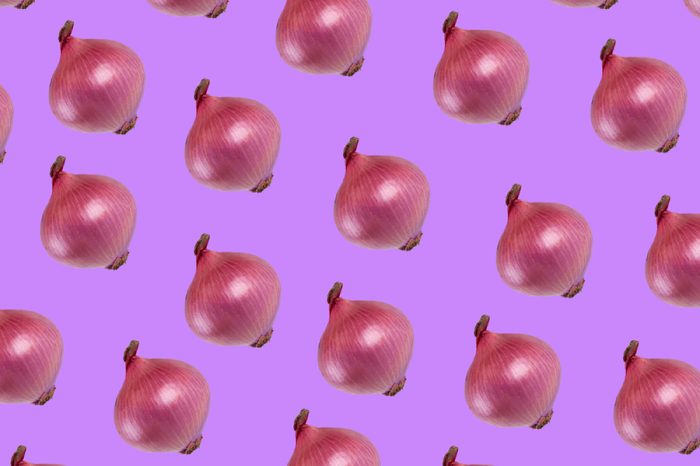
Onions: Wrap in pantyhose
It sounds strange, but the mesh-like material allows just enough air to reach the vegetable, which helps them stay fresh. Simply slip the onions into the nylons, tying a knot between each bulb. Tip: Use a new pair of pantyhose to avoid any foot odors in your next stew. These are the foods you can ruin by storing in the refrigerator.
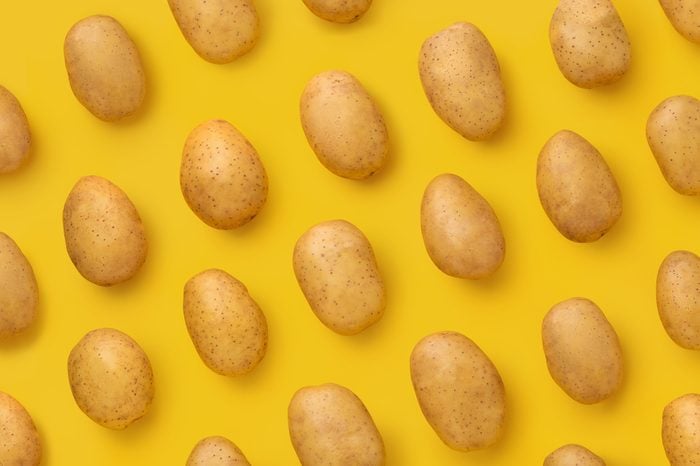
Potatoes: Store with apples
Apples produce ethylene gas that can keep your spuds fresh for more than eight weeks. Say goodbye to those pesky sprouts that pop up on potatoes after just a few weeks.
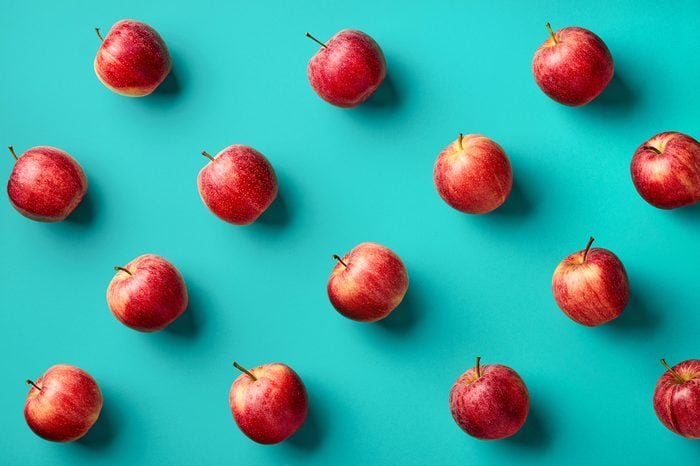
Apples: Soak slices in salt water
Sliced apples are a convenient snack or salad topper, but browned leftovers aren’t appealing. Soak remaining slices in a bowl of cold salt water to prevent oxidation (but no more than ½ teaspoon of salt per quart of water, or you’ll taste it in the fruit). After five minutes, dry and store your slices in the fridge in an airtight plastic bag. These are the guidelines for storing meat in the fridge you should know, too.

Celery: Wrap in aluminum foil
Unlike a plastic bag, the foil will let the ripening gas ethylene escape. When ethylene is trapped in a plastic bag, it causes moisture loss and spoilage to occur faster.
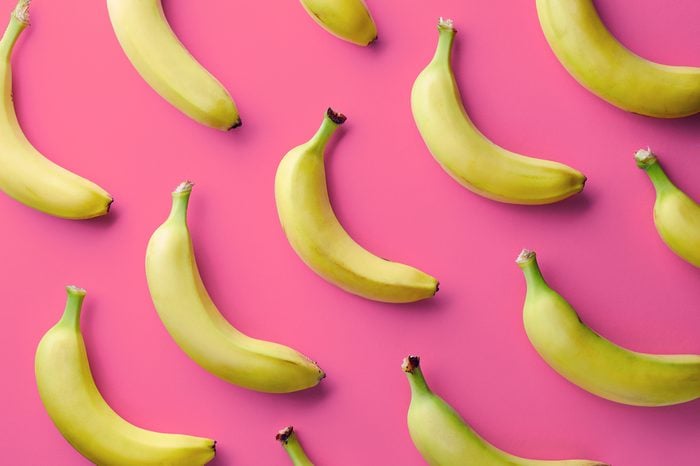
Bananas: Wrap stems with plastic wrap
Ethylene gas is again the culprit here, but separating each banana from the bunch and wrapping each individual stem in plastic wrap can stop the spread of the gas. If they’ve already gotten too ripe for your liking, peel them and store them in the freezer for an easy smoothie addition. Make sure to check out these fruits and vegetables that should never be stored together.
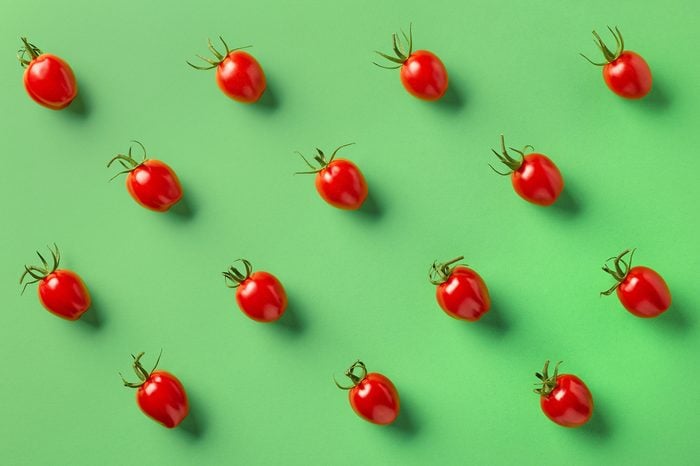
Tomatoes: Keep out of the fridge and stem side down
Tomatoes do not like the cold; keep them in the fridge, and they’ll lose their ideal flavor and texture. Additionally, when you leave them on the counter, if they’re off the stem, place them stem side down, as this part of the fruit is the last to ripen.
Fun fact: The smallest fruit in the world is the size of an ant!
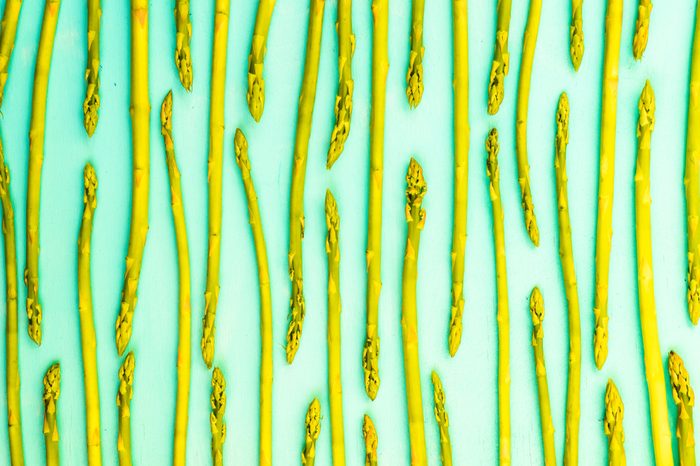
Asparagus: Store upright in a cup of water
Asparagus often dries out before it has the chance to be cooked, but there is a method that will keep it moist enough for your favorite recipes. Just as you would store flowers, place the asparagus upright with the cut edges submerged in a bowl or cup of water. Place it in the fridge, and place a plastic bag over the tops of the vegetable. Check out how you might have been storing these 11 foods wrong.